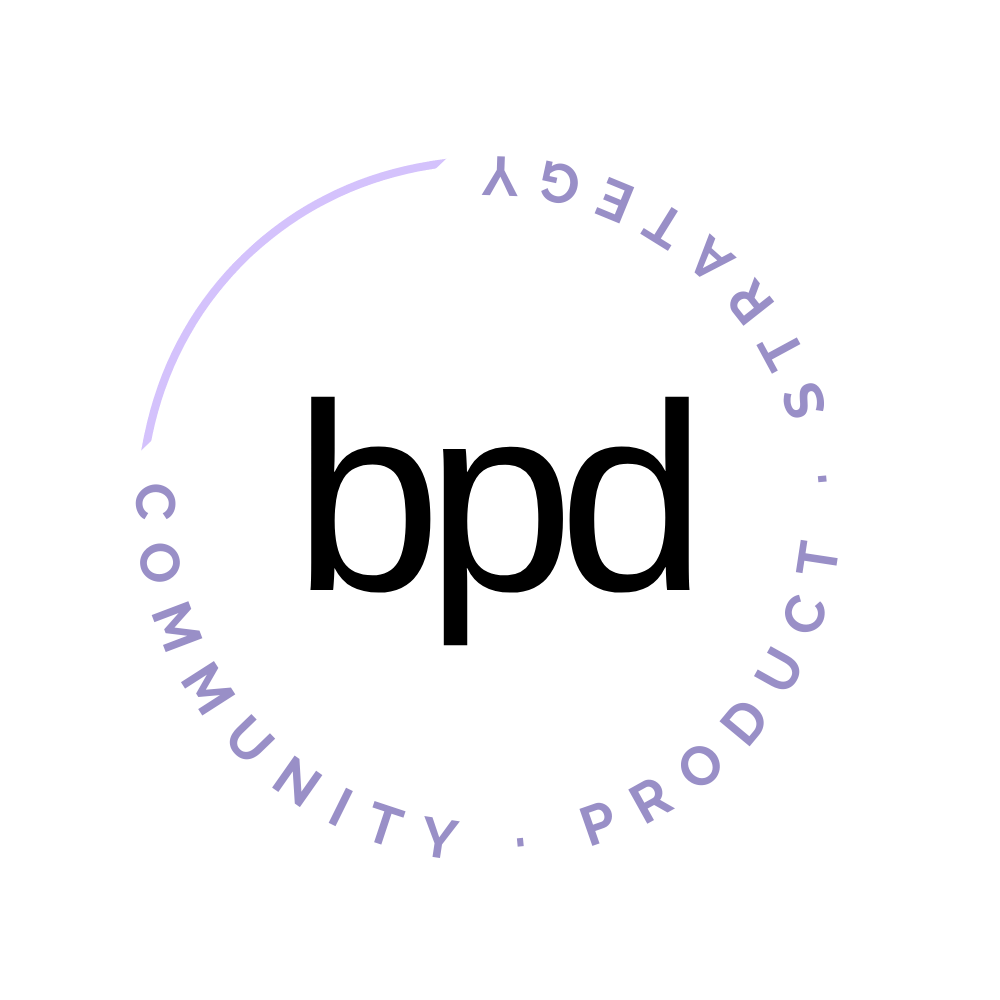#33 How To Choose Which Digital Product To Build
I've spent a lot of time chatting with service-based business owners lately. When you launch a business, services are the best way to grow your revenue quickly.
I've personally reached 10k+ months right out of the gate in my business by offering a few services.
But at a certain point your revenue plateaus because you only have so much time available to do service work for clients. And unfortunately, a lot of people get caught in the hustle of taking on as many service clients as possible.
There are 3 strategies to help break through the plateau:
Raise your prices + focus on efficiency (systems)
Delegate to elevate, aka build up your team
Add digital products to increase your revenue (at a HIGH margin)
I might be biased but I like that last one the best 😉
Choosing the problem area:
When you map your customer journey, you recognize the lowest emotional points and toughest challenges along the transformation you are supporting your customers in reaching.
These are your biggest opportunities to serve your customers with products or services.
To choose which moment in the customer journey to develop your product you want to consider two things:
How LOW are they? Make sure you’re serving at a moment where the pain-point is there and they are in real need of support.
Which connect easily to existing products? Carrying them from one to another is important. It’s okay if there is a delay as long as you have a plan to nurture them (like with a newsletter).
Now that you’ve decided what stage you’ll serve, write out the problem. Here’s my template for writing a problem statement:
[YOUR CUSTOMER] needs [CUSTOMER NEED] because/so that [INSIGHT OR WHY]
Once you’ve got your problem, create a list of ideas to solve that problem for your customers.
These are your product ideas – I like to think about everything in the business like a product, even freebies and productized services.
Product Examples:
Lead magnets + freebies like e-books, templates, e-courses, etc.
Memberships + communities – free or paid
Courses, workshops or trainings
Newsletters or email sequences
Productized services – defined fixed-fee services are products, too
Let’s go through an example:
Early in my customer journey, people realize that it’s important that they build community in order to grow their business. But they aren’t exactly sure where to start. They’re overwhelmed by which platform to build community on and how to effectively connect with their community.
[Education content business owners] need [help understanding how to start to build community effectively in their business] so that [they can serve their customers longer and therefore grow their revenue].
Here are some product ideas I have to solve for this problem:
A quiz about their business stage and goals that tells them where + how to build community
A low-ticket paid training on “building community to support your business”
An “email course” (free lead magnet) on the 5 ways to begin building community in your business
Keep in mind that all of my ideas are free or low-ticket offers because this is early in my customer journey. I still have to build trust and convince these customers that building community is what leads to a successful business.
To decide which product I’ll go with I evaluate the options based on 3 things:
(1) Customer value
The quiz is the quickest way for me to provide customer value
The training will leave them with more knowledge + action steps
The email course is the least valuable to the customer – It isn’t as valuable as the quiz because it’s not personalized (unless I develop multiple versions), and it isn’t going to be as in depth as a training.
(2) Business value
The quiz + email course will help me grow my email list, which has a correlation to long-term revenue
The training will provide immediate revenue which, at my stage of business, is most valuable right now.
(3) Level of effort
The email course would be the easiest. I could stand that up in a few hours.
The training will take more time to develop but I do have some of the slides created already.
The quiz will be the hardest and take the most time to develop to be super valuable – plus I’ll likely have to create the whole thing before testing if it’s of interest.
Based on these factors, I’ve decided to develop the low ticket training. I’ll probably charge something like $29 and put a short sales page up with a live event date.
If no one purchases, I will know there isn’t customer value here and go back to the drawing board (and save time in developing the training). If it’s successful then I can sell the replay with an evergreen strategy – probably as part of an email course.
If you loved this essay, you’ll love my newsletter. You can subscribe here.

